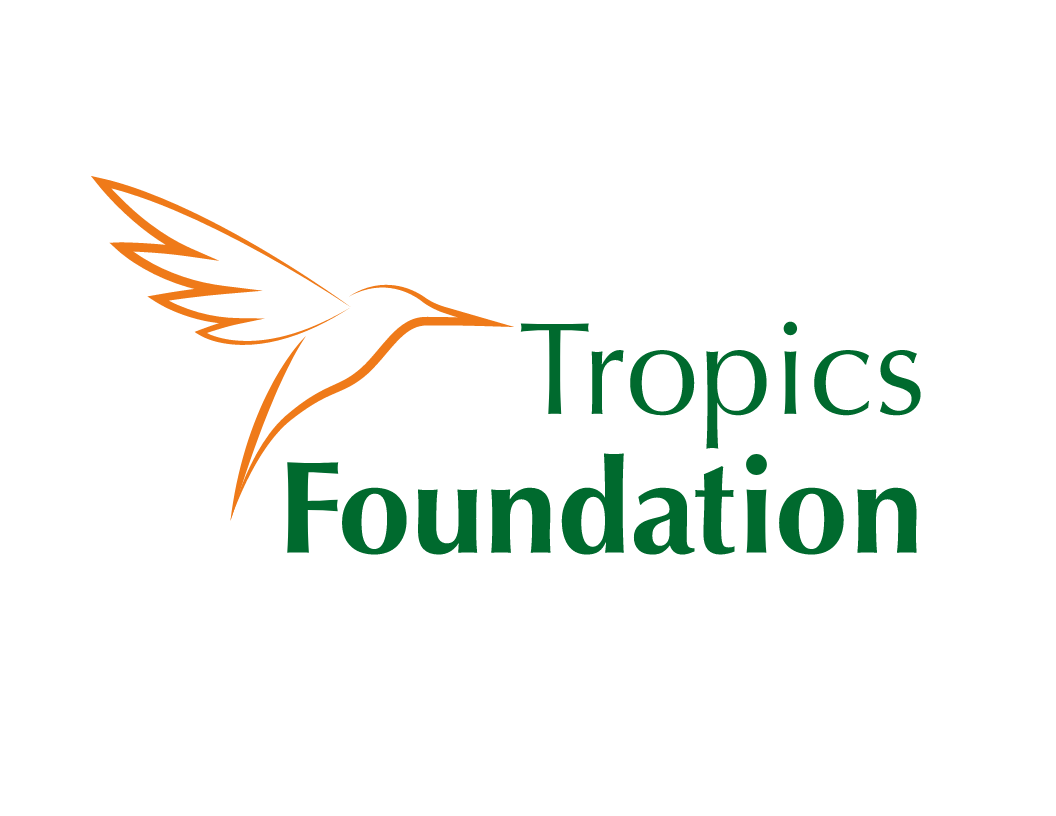CATIE’s Origins: A Brief History
The Beginning
Flashback to 1930. The first Inter-American Conference on Agriculture was being held in Washington D.C. and the idea of creating an inter-American institute for tropical agriculture was on the agenda. The vision was born in large part because of the enthusiasm of Mr. Henry A. Wallace, the then Secretary of Agriculture who would later become Vice President of the United States under Roosevelt (Hilje, 2003).
The Henry A. Wallace Building on CATIE’s campus in Turrialba, Costa Rica (photo credit CATIE Communications Department)
Originally from Des Moines, Iowa, Henry A. Wallace had a longstanding respect for sustainable agricultural practices. He founded the first commercial hybrid seed company, the Pioneer Hi-Bred Corn Company, and soon afterwards founded The Wallace Genetic Foundation so that his philanthropic interests could further the conservation of natural resources, sustainable agriculture, biodiversity protection, reduction of environmental toxins, and clean drinking water. Mr. Wallace believed that “the greatest private pleasure comes from serving the general welfare of all.” His influence was instrumental in the formation of the Inter-American Institute of Agricultural Sciences - IICA (the Spanish acronym for Instituto Interamericano de Ciencias Agropecuarias) in 1942.
The First Stone Laid
While the vision for the institute was gaining clarity, the question remained, where would it be built? With World War II in progress, geopolitical reasons played heavily into the location decision of the institute. Ten nations put in bids to house the headquarters and in 1941, the Pan American Union, made up of 21 nations, decided to establish the headquarters in the canton of Turrialba, Costa Rica. Then Costa Rican President Rafael Ángel Calderón Guardia enthusiastically supported the initiative from the start and granted the land adjacent to the United States Department of Agriculture’s (USDA) Cooperative Rubber Plant Field Station (La Hulera). The Field Station already had a research trajectory represented by a strong community of scientists, a library, experimental fields, and public and health services. This, combined with the fact that the station’s objective was the development of research and cultivation of rubber trees that were largely exported to make goods for wartime purposes and that Costa Rica was relatively politically stable at the time, all led to Turrialba as the top choice (Hilje, 2003). The first stone was laid on March 19, 1943 in the presence of President Calderón of Costa Rica and Mr. Henry A. Wallace.





In 1973, IICA decided to create an institution that would focus on sciences and education in agriculture and formally established the Center for Tropical Agricultural Research and Higher Education (CATIE) together with the Government and under the law of Costa Rica, which has subsequently been reconfirmed twice, in 1983 and most recently in 2000. Following a land-grant model, CATIE’s immediate purpose was the advancement of agriculture in the American nations through teaching, research, experimentation, extension activities, general education and training in agriculture and the related arts and sciences.
50 Years Later
This year, CATIE celebrates its 50th Anniversary. For five decades, CATIE has broadened and deepened the initial scientific & technical tradition of its parent organization, IICA. Today, CATIE is an academic center for innovation and sustainable development that solves issues related to agriculture, land and resource management, conservation, and sustainable use of natural resources. CATIE combines post-graduate education, impact-oriented research and community outreach (training, technical cooperation and specialized services) to promote inclusive green development that leads to increased human and planetary well-being and reduced rural poverty in Latin America and the Caribbean.
Seedlings in CATIE’s germplasm seed bank (photo credit CATIE’s Communications Department)
In support of its mission, CATIE maintains 1,000 hectares of farms and gardens that house one of the world’s richest collections of tropical crops including coffee, cacao and fruit species. Additionally, the campus boasts a germplasm seed bank that holds a critical collection of seeds from 57 countries with 93% of the total coming from Mesoamerica. The bank’s main tasks are preservation of diversity of varietals, characterizing and distributing the seeds to strengthen the region’s food security as well as developing new crop varieties that are nutritionally dense, locally adapted and resilient to the stress of climate change.
The three pillars that drive CATIE’s mission are education, research and outreach. Alongside its over 400 partners world-wide, CATIE ensures that its programs bring about transformative change. The educational program develops leaders prepared with the scientific and technical skills to advance innovative solutions to the region’s sustainable development challenges. The research units utilize applied methods that not only enhance our collective knowledge in critical areas of tropical conservation and biodiversity, but simultaneously positively impact the stakeholders involved. The outreach efforts provide critical capacity building to key beneficiaries from farmers to government officials, so that stakeholders at all levels of the systems can advance sustainability goals.
In the months to come, The Tropics Foundation is excited to share some of these stories as we join together with Friends of CATIE from around the world to celebrate this one of a kind institution.
References
Hilji, 2003. El caucho, un hongo y la guerra: los orígenes del CATIE en Turrialba. Manejo Integrado de Plagas y Agroecología (Costa Rica) No. 69 p 1-5, 2003






